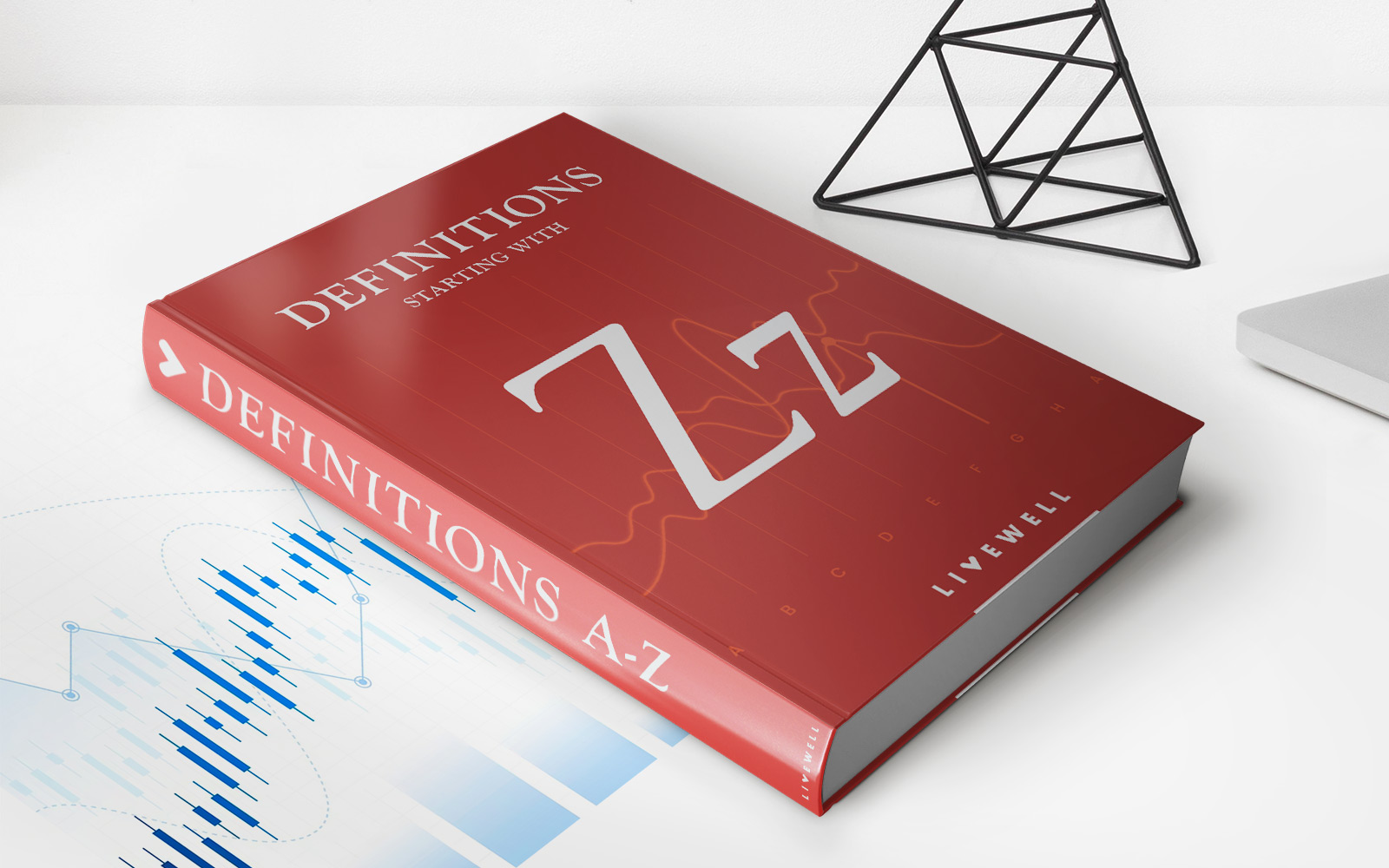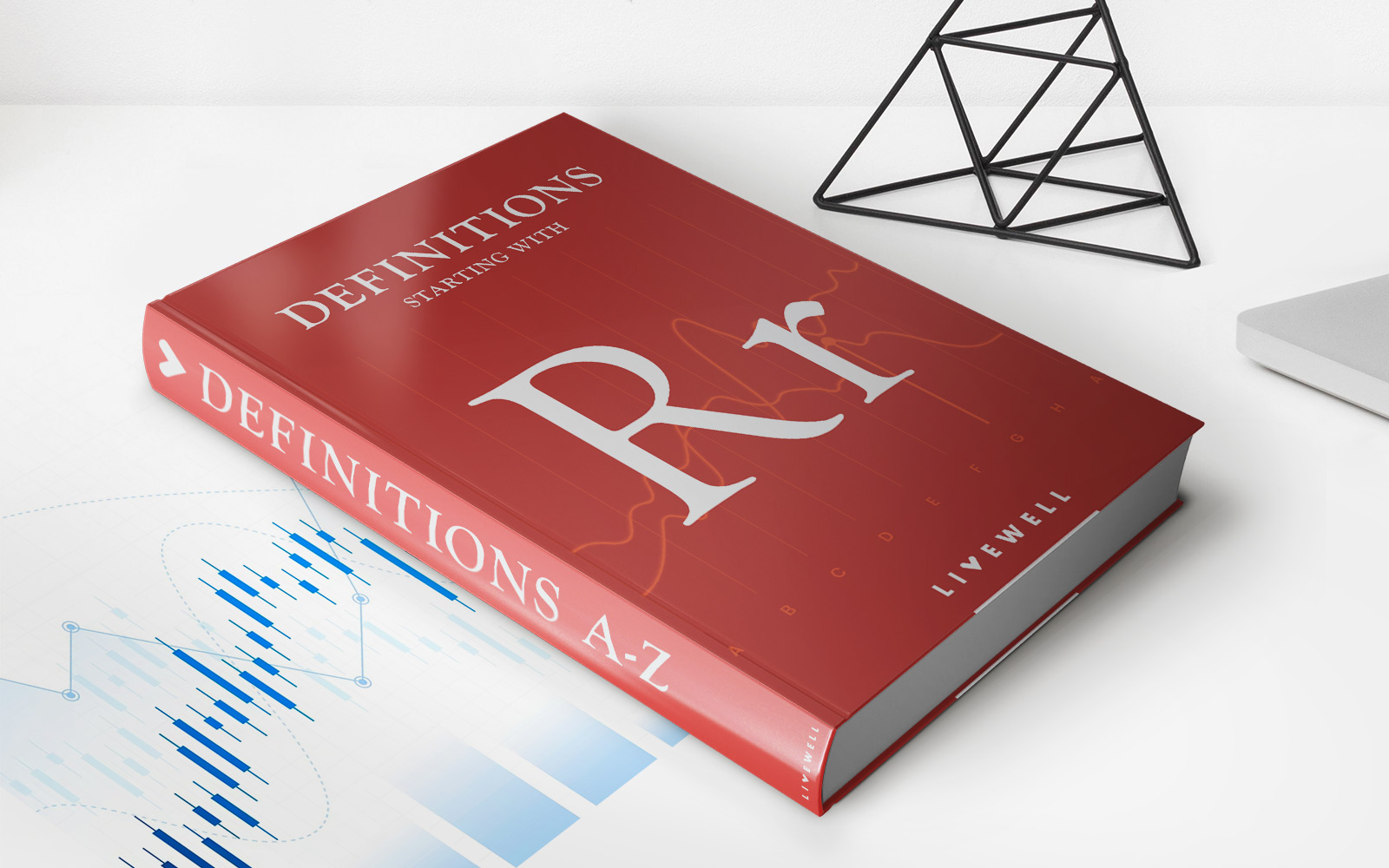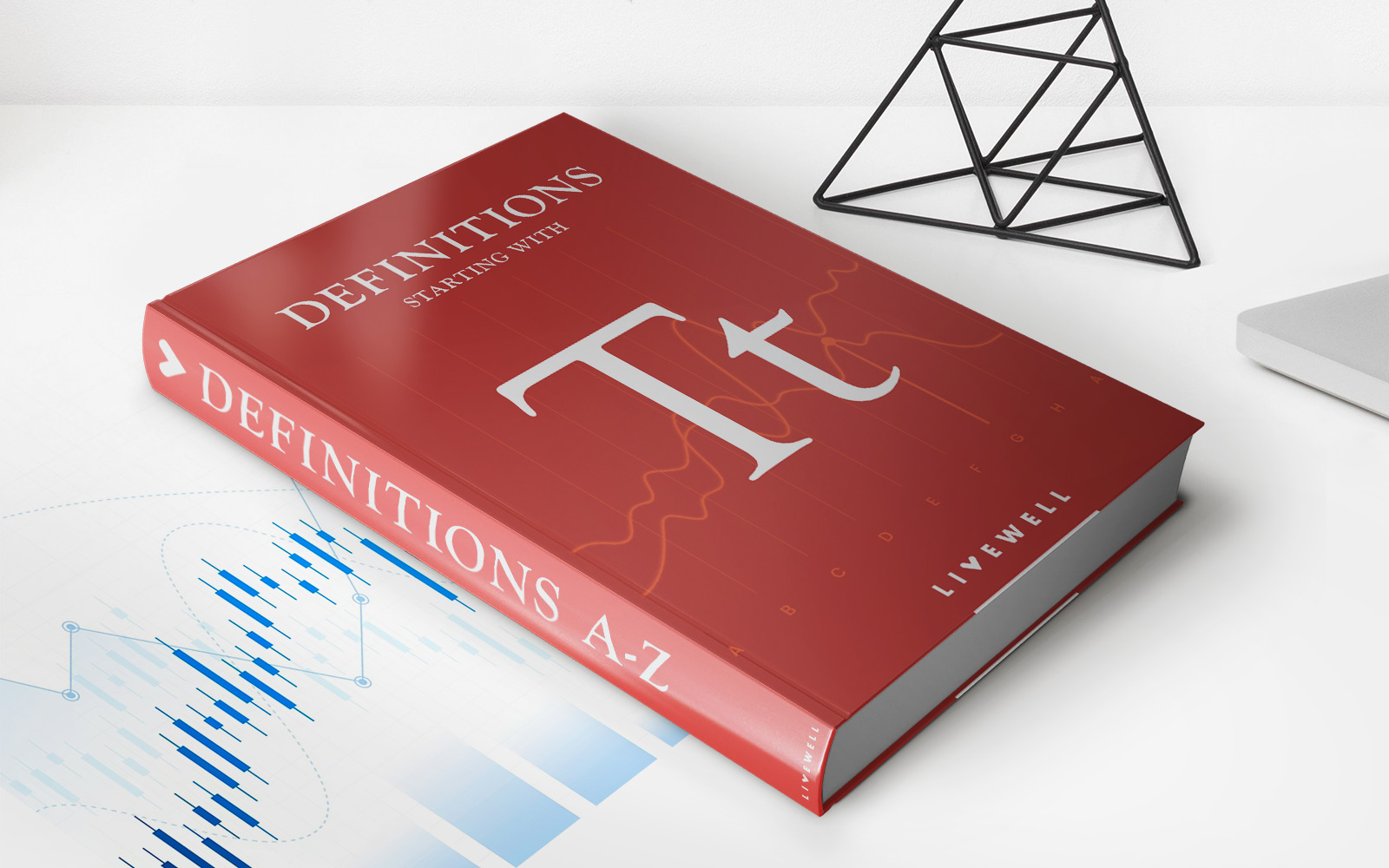Home>Finance>Understanding the Foreclosure Process and Banks’ Roles


Finance
Understanding the Foreclosure Process and Banks’ Roles
Published: February 16, 2024
Explore the foreclosure process, banks' roles, homeowners' rights, and how laws vary globally. Arm yourself with knowledge to navigate homeownership challenges.
(Many of the links in this article redirect to a specific reviewed product. Your purchase of these products through affiliate links helps to generate commission for LiveWell, at no extra cost. Learn more)
Table of Contents
Navigating the world of homeownership can sometimes feel like sailing in turbulent waters, especially when the word “foreclosure” looms on the horizon. In this article, we’ll demystify the foreclosure process, illuminate the roles banks play, and arm you with knowledge about the legal rights of homeowners. Additionally, we’ll glance at how different countries’ laws weave through the intricate foreclosure tapestry, ensuring you’re not just a passenger but a navigator in your homeownership journey.
What is Foreclosure?
At its core, foreclosure is a legal process through which a lender (usually a bank) seeks to recover the balance of a loan from a borrower who has stopped making payments by forcing the sale of the asset used as the collateral for the loan, typically a home.
The Foreclosure Process: A Step-by-Step Breakdown
-
Missed Payments: The journey into foreclosure begins when a homeowner misses one or more mortgage payments. Life can throw curveballs, and financial hiccups happen, but it’s crucial to communicate with your lender as early as possible.
-
Notice of Default: After several missed payments, the bank will issue a Notice of Default, a formal indication that the terms of the mortgage have not been met. This is a wake-up call for homeowners to take action.
-
Pre-Foreclosure: This period allows homeowners to settle their debts or sell the property through a short sale. It’s a critical window for negotiating with the bank and exploring alternatives to foreclosure.
-
Auction: If the situation doesn’t resolve, the property is auctioned to the highest bidder. This stage is public and can result in a swift change of hands.
-
Post-Foreclosure: If the property fails to sell at auction, it becomes a bank-owned property, or REO (Real Estate Owned). The bank then typically sells it through the real estate market.
The Bank’s Role in Foreclosure
Banks are not just faceless entities; they’re pivotal players in the foreclosure saga. Their roles include:
- Lender: Initially, they provide the loan enabling homeownership.
- Loan Servicer: Banks handle the day-to-day management of your loan, including collecting payments.
- Foreclosing Beneficiary: If things go south, the bank initiates the foreclosure process to recoup the loan amount.
Homeowners’ Legal Rights
Homeowners aren’t without shields and swords in this battle; understanding your legal rights is paramount:
- Right to Notice: Homeowners must be informed at every significant step of the foreclosure process.
- Right to Redemption: Some jurisdictions allow homeowners to reclaim their property by paying the full debt, even after foreclosure.
- Right to Challenge: Homeowners can contest the foreclosure in court if they believe the process has been flawed or their rights infringed.
Global Glimpse: Foreclosure Laws Around the World
The foreclosure process isn’t a one-size-fits-all; it varies significantly across borders:
- United States: Characterized by either judicial foreclosure, involving court proceedings, or non-judicial foreclosure, which bypasses the court system.
- United Kingdom: The process is generally slower, with a strong emphasis on protecting the homeowner’s rights.
- Canada: Foreclosure practices can differ from province to province, with some using a judicial sale and others a power of sale.
Navigating the Storm: Tips for Homeowners
- Communication is Key: Engage with your lender at the first sign of financial distress.
- Explore All Avenues: Consider loan modification, refinancing, or even selling the property before foreclosure becomes inevitable.
- Legal Advice: Consult with a legal expert to understand the full scope of your rights and options.
- Stay Informed: Laws and procedures change, and staying updated could reveal new pathways to avoid foreclosure.
The Impact of Silent Bank Run and Open Banking
Concepts like silent bank run and open banking have indirect but noteworthy implications on the foreclosure landscape. A silent bank run, where depositors withdraw their funds en masse without public panic, can strain financial institutions, potentially affecting their lending practices and foreclosure management. Meanwhile, open banking—the practice of sharing access and control of financial information electronically, securely, and only under conditions that customers agree to—might offer new ways for borrowers to manage their finances better, avoid default, and negotiate with lenders.
Conclusion
Foreclosure can seem like a daunting cliff face looming over homeowners, but understanding the process, recognizing the bank’s role, and knowing your rights can equip you with the tools to navigate or even avoid it. Each country’s laws add layers to the foreclosure narrative, underscoring the importance of local legal counsel. Remember, foreclosure isn’t an end but a complex process with various outcomes and alternatives. Armed with knowledge and the right strategy, homeowners can chart a course through troubled waters to safer shores.
Navigating the foreclosure process requires patience, knowledge, and proactive steps. Understanding the intricacies of this process not only empowers homeowners but also sheds light on the broader financial systems influencing our lives. By staying informed and engaged, homeowners can face potential challenges with confidence and resilience, ensuring they remain captains of their financial destinies.













